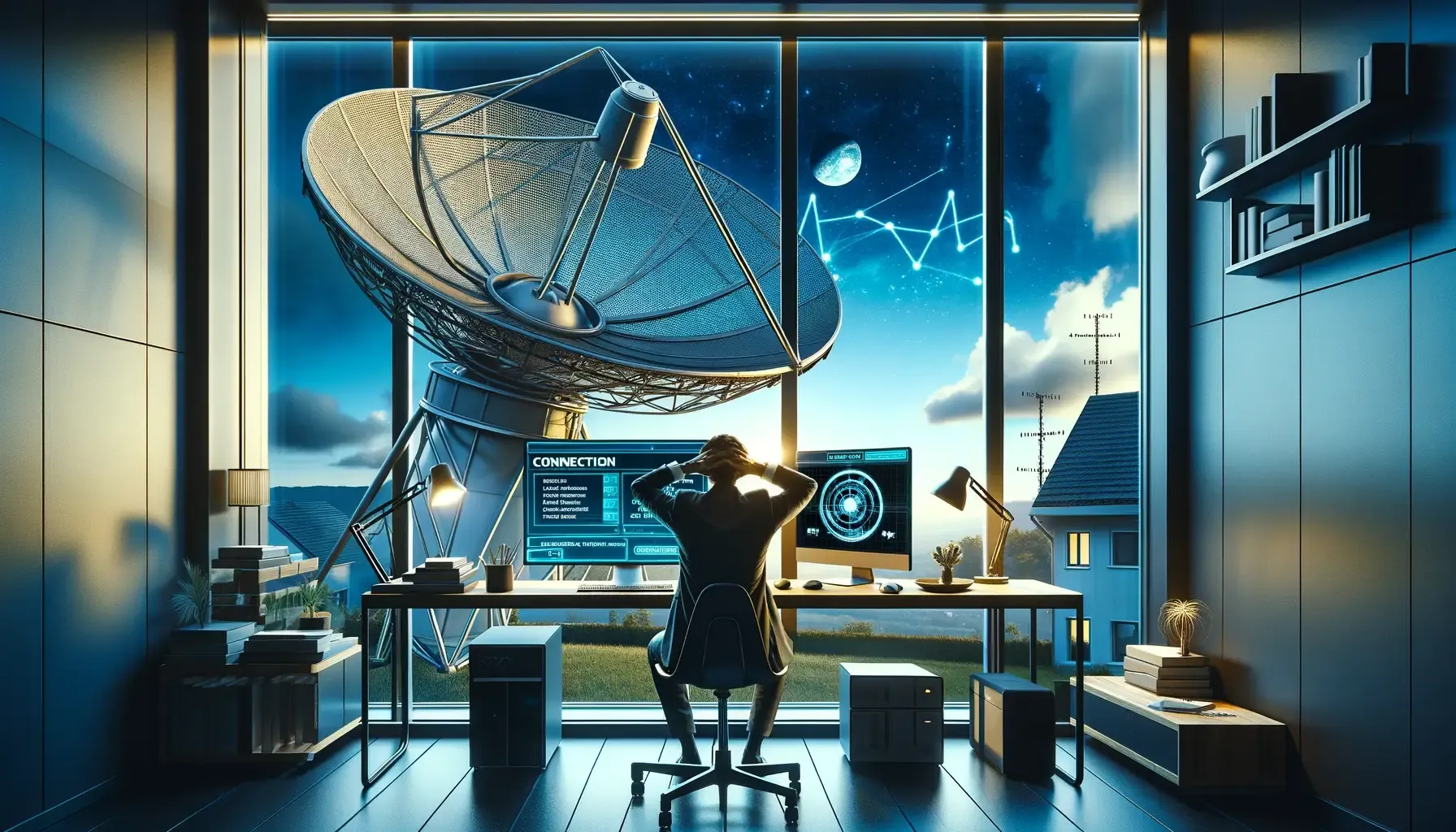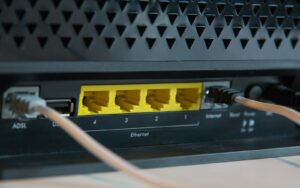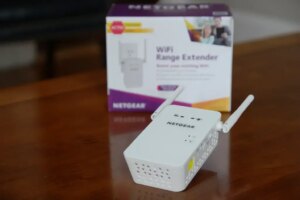Starlink is an innovative satellite internet service from SpaceX that provides high-speed, low-latency connectivity even in remote areas. By using a network of low Earth orbit satellites, Starlink can beam internet access down to their users anywhere.
However, as with any technology, sometimes there can be hiccups. One of the more frustrating issues is when your Starlink app shows connected, but you can’t actually access the internet or any online services.
This article will explore the various causes for this problem and actionable solutions you can try yourself to get back online. We’ll also provide some tips for improving your Starlink connection and what to do if all else fails. Let’s get started!
Why Starlink Might Show Connected With No Internet
When everything seems fine in your Starlink app but you have no internet connectivity, there are a few potential culprits to consider:
- Starlink Network Issues – Like any ISP, Starlink can experience occasional server outages or network congestion that disrupts service. Checking system status pages can confirm if they are having issues.
- Software/Firmware Problems – The Starlink router automatically updates, and sometimes these can get stuck mid-install. Rebooting or resetting usually fixes it.
- Hardware Issues – Damaged cables, loose connections, defective router/dish, etc. can prevent internet signal from transmitting properly.
- Dish Placement Problems – Obstructions blocking dish view of satellites or selecting poor location can lead to intermittent or no signal.
- Outside Coverage Area – Trying to use Starlink outside of their active service regions will not work. Check their coverage map.
- Account/Subscription Problems – Issues with account status or expired/inactive subscription can also cause connection problems.
If you are encountering the connected without internet problem, don’t worry – the solutions below should help identify and resolve the fault.
Troubleshooting When Starlink is Connected But No Internet
If your Starlink is connected but you still have no internet access, try these troubleshooting steps:
Check Whether Your Device Is To Blame First
Ensure that your device has its WiFi turned on and is not faulty. If the router checks out OK, try switching to another device to see if it has internet access before assuming your Starlink is to blame.
Check for Starlink Service Outages
The first step is verifying if the issue is actually on your end or if Starlink is having network problems.
- Visit the Starlink status page to see if there are any reported issues or outages in your area.
- Check third-party outage trackers like DownDetector as well.
- If there are no reported issues, the problem likely lies with your local setup rather than Starlink’s network.
- If there is an outage, unfortunately all you can do is wait for Starlink to resolve it on their end. Use a backup internet source in the meantime if possible.
Check for Obstructions
Dish obstructions can significantly impact your Starlink internet service. Use the Starlink app to check for obstructions and ensure your dish has a clear line of sight. The app can help you monitor your internet connection, signal strength, internet speed, and network activity.
Reboot Your Starlink Router & Dish
Nine times out of ten, a simple reboot of your hardware will get Starlink working again when it shows connected no internet.
To properly reboot and refresh the system:
- Router: Unplug the power cord from electrical outlet for >60 seconds. This clears any software glitches. Plug back in and let boot up completely (5+ minutes).
- Dish: In app go to Settings > Advanced > Debug Data. Tap [Reboot Starlink] button to reboot antenna specifically.
Doing router and dish reboot clears any transient connection issues between them. Give it 10-15mins after they come back online before checking if fixed.
Inspect All Hardware Connections
While Starlink self-updates and runs automatic checks, problems can still happen randomly with the physical gear:
- Carefully check dish cable connections for any damage or loose plugs at dish and router ends. Faults like bent pins or poor weather seals cause problems.
- Verify dish cable did not get crimped or bent sharply anywhere along its run. Don’t let it kink over roof edges or in windows/doors. Replace if damaged sections found.
- Make sure to fully seat connectors, firmly pushing until their retention clips click and lock. Loose connections can prevent signal transmission.
- Inspect router power cord and Ethernet ports. Verify router firmware is up-to-date in app if possible too.
- If you use a 3rd party router instead, try temporary direct Starlink router hookup to narrow down source of issues.
- Check WiFi devices have good signal strength to router if wireless connected. Weak reception causes drops.
Fix any physical damage, debris, loose plugs, crimps, etc. found on hardware. Still no internet? Keep trying other steps.
Use Starlink App to Check System
The Starlink mobile app (iOS or Android)has great built-in diagnostic tools, statistics, and troubleshooting features.
- Check obstruction map shows no red areas blocking dish view. Adjust position if needed until clear view established.
- See signal quality graphs over time. Weaker signal correlates to connectivity problems – insufficient satellites in range.
- Review router firmware version # to make sure up-to-date. Trigger manual router update if available.
- Check activity status – with no internet, app should show intermittent Searching or Offline messages you can use to diagnose.
- App provides better level insight into where in the hardware/software stack issues may lie based on messages shown.
While in app, also submit Support Ticket if problems persist detailing issue and troubleshooting already attempted.
Factory Reset Your Router
If you’ve tried all other basic steps with no resolution, resetting router to factory conditions often helps.
Note: Back up router settings first if customized! Resets wipe settings entirely!
To factory reset:
- Find small recessed button on back/bottom of router
- With router powered on, press and hold for 10+ seconds until lights flash
- Router resets and reboots – set back up once complete
This refresh clears any weird software glitches or protocol issues occurring. Just reconfigure passwords, WiFi name, and settings after.
Still having problems? May be hardware failure – contact Starlink Support.
Contact Starlink Support
If you still see your Starlink connected without providing any internet after trying all troubleshooting steps – it’s time to involve technical support.
- Open Support Ticket in Starlink app detailing issue, steps attempted already, hardware setup, etc.
- Use the Starlink support website.
- Alternatively can email [email protected] or find other methods on their Contact Support page.
- Support can run remote diagnostics, send replacement parts, or escalate issues found.
- If dish/router ends up needing full replacement, they can arrange warranty service.
Starlink is still improving network and building more ground stations. Support helps resolve lingering technology issues during the beta period as they emerge.
Tips for Improving Starlink’s Internet Connection
While going through the troubleshooting process, also consider these tips to optimize Starlink’s connectivity in general:
- Install Mesh WiFi system – If you still have dead spots, you might need a mesh WiFi system or a couple of WiFi extenders to get a good signal throughout your home. Try these 8 Best WiFi Extenders for Starlink in 2024.
- Enable Quality of Service – Routers with QoS or “gaming mode” prioritize latency sensitive traffic like video streaming or voice calls. This can help stabilize performance.
- Change WiFi Channel – Simple router tweak if wireless experiencing interference from neighbors or devices in house.
- Use Wired Ethernet Connection – For stationary use, wired internet avoids issues that impact WiFi like signal obstruction or congestion.
- Adjust Dish Cable Bends – Solid core dish cable can degrade if bent excessively. Ensure smooth runs without kinks that impede internal wiring over time.
- Check for Obstructions Frequently – As more satellites go up, the ideal dish orientation can change. Rescan sky view often for any new obstructions.
- Contact Support to Switch Ground Station – Being routed through farther network nodes induces higher latency. Have them assign you nearest ground station.
- Limit Use During Initial Network Training – Performance and reliability may be reduced while network “learns” usage patterns first few days. Let it calibrate fully.
- Install Updates Promptly – Keeping router and dish firmware updated ensures you have latest features and fixes as Starlink rapidly evolves.
Following those tips will generally offer you a faster, lower latency, and more reliable experience using Starlink anywhere safe to set it up!
Conclusion
Despite bringing high speed satellite internet to areas neglected by traditional ISPs, Starlink is still refining their technology with fluctuating connectivity issues at times.
Troubleshooting your Starlink connection when the app shows connected but provides no actual internet revolves around methodically checking for outages impacting service, reviewing dish placement, inspecting all hardware components for faults, proper router configuration, and factory resetting devices as necessary.
While frustrating when it goes offline unexpectedly, take the initiative to patiently go through solutions like rebooting the system, verifying cable integrity, confirming firmware is current, toggling router settings, and confirming no new dish obstructions. Also be sure to contact Starlink Support directly if problems endure despite best efforts.
As their network matures and expands with thousands more low Earth orbit satellites going up in the next few years, the internet service provided by Starlink will continue improving in quality, availability and reliability. But for now, be ready for some occasional bumps needing attention to maintain connectivity.





